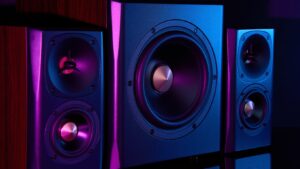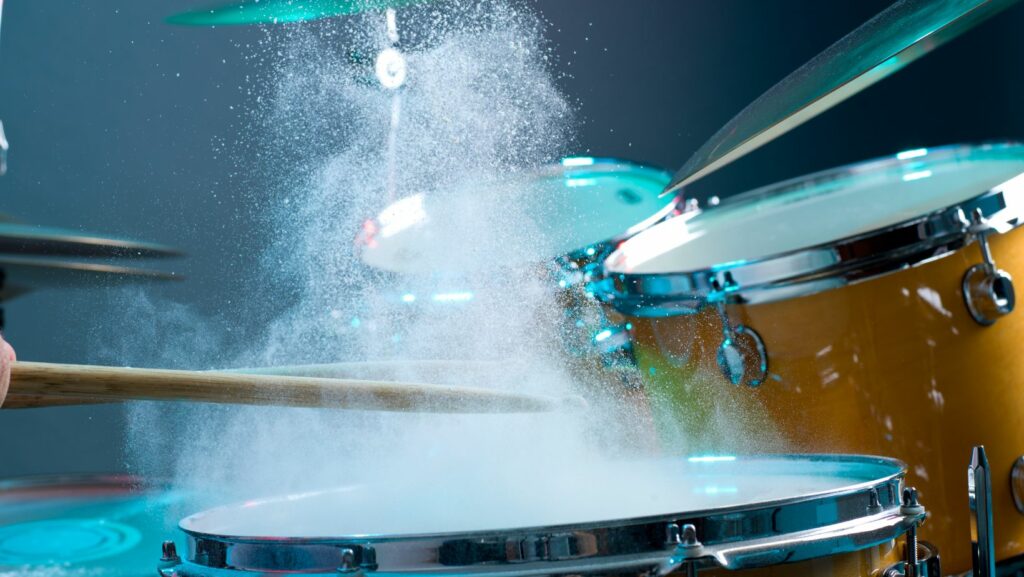In a world where sound reigns supreme, audio engineering is the unsung hero behind every perfect note and crystal-clear podcast. Whether crafting pulsating concert beats or subtle film score nuances, audio engineers shape auditory experiences. Understanding audio engineering basics unleashes creativity, transforming raw sound into polished masterpieces.
This field blends art and science, requiring a keen ear and technical skill. From sound wave manipulation to mastering software, audio engineering offers endless innovation possibilities. As technology evolves, so too does the role of the audio engineer, making it an exciting career for sound enthusiasts. This introduction provides essential concepts for newcomers exploring the dynamic world of sound design and production.
Audio Engineering 101
Audio engineering involves producing and manipulating sound through recording, mixing, and mastering. Engineers utilize microphones and mixers to capture and enhance audio quality.
- Recording: This stage captures audio with microphones and preamplifiers, where precision in placement ensures clarity.
- Mixing: Recorded sounds are adjusted and balanced. Engineers modify levels, equalization, and effects to create a cohesive experience.
- Mastering: The final process ensures consistent sound across devices, optimizing tracks for polished output.
Key concepts include digital vs. analog sound, signal flow, and acoustics. Digital audio uses binary code for manipulation, while analog employs physical signals. Signal flow refers to the audio path from source to output, requiring knowledge of routing and processing. Acoustics studies sound behavior in environments, guiding engineers in optimizing quality.
Proficiency in Digital Audio Workstations (DAWs) like Pro Tools, Logic Pro, and Ableton Live is essential for recording, editing, and mixing. Understanding audio engineering lays a foundation for exploring complex sound production, making it vital for modern professionals.
Essential Tools and Equipment

Audio engineers rely on tools like microphones, mixing consoles, and digital audio interfaces. Dynamic microphones are suited for live sound, while condensers excel in studios. Mixing consoles integrate audio sources, allowing real-time adjustments.
DAWs are crucial for audio production, providing flexibility for detailed projects. Studio monitors and headphones are essential for accurate sound monitoring, impacting overall quality. Audio interfaces connect gear to computers, converting analog to digital signals.
Soundproofing materials, like acoustic panels, manage studio acoustics, minimizing noise and reflections. Proper soundproofing is vital for high-quality audio engineering. Reliable cables and connectors ensure clear signal transmission, facilitating efficient studio operation.
Core Concepts in Audio Engineering
Mastering essential audio engineering concepts shapes production quality. Key principles include:
- Sound Waves and Frequency: Sound waves consist of compressions and rarefactions; frequency determines pitch.
- Amplitude and Dynamics: Amplitude influences volume, while dynamics control variations, adding depth.
- Equalization (EQ): EQ adjusts frequency ranges to enhance sound clarity.
- Reverberation and Delay: These add spatial depth, simulating natural acoustics and creating echo effects.
- Phase and Polarity: Managing phase ensures coherent sound output.
- Digital Signal Processing (DSP): DSP manipulates digital signals to apply effects and correct pitch.
Recording Techniques
Effective recording techniques are foundational for quality audio. Engineers focus on optimal microphone placement and type selection based on sound sources. The recording environment significantly affects quality, with acoustic treatment addressing issues like echo. Multitrack recording allows for separate captures, providing control during mixing.
Organizing sessions optimizes workflow, with detailed track labeling and regular backups preventing data loss. Understanding microphone frequency response helps tailor selections for specific scenarios, ensuring desired outcomes. Compression manages dynamic range, preserving performance nuances for high-quality production.
Mixing and Mastering Basics
Mixing combines audio tracks to create a unified soundscape, adjusting levels and applying effects for balance. Mastering prepares mixes for distribution, ensuring consistency across playback platforms. Both processes require understanding dynamic range and spectral balance.
Career Opportunities in Audio Engineering

Audio engineering opens doors to diverse careers, from music production and live sound to film and television roles. Professionals can work as recording engineers, sound designers, or mastering engineers.
The demand for quality sound in digital platforms also creates opportunities in podcasting and gaming. With the right skills and tools, audio engineers can significantly influence how audiences experience sound, making it a rewarding and dynamic career choice.


